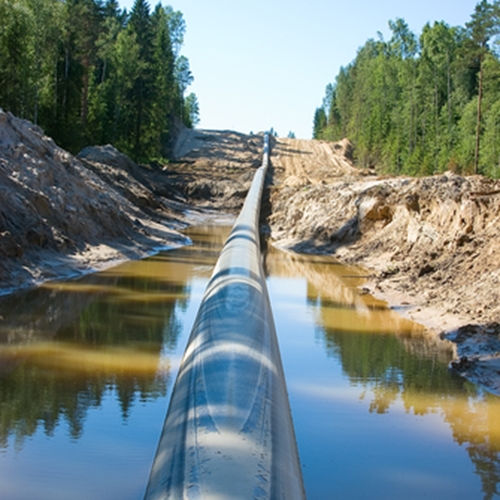
Due to the engineering complexity of extracting oil from Canada's tar sand regions, Canadian officials are assuring residents that safety is a top priority.
Responsible extraction
The International Business Times reported that, through new pipeline regulations, maritime laws and monitoring programs, the Canadian government claims it has enhanced the safety of extracting oil from tar sands. The hope is that the new regulations will help mitigate the frequency and impact of environmental damage. Because of its vast natural resources – Canada being the world's sixth-largest oil producer – along with its historical record of cautious regulation and commitment to environmental preservation, the tar sands present a dilemma. Extracting oil from these regions is economically important, but the extraction process is dangerous.
"By continuing to ensure responsible resource development and protection of the environment, we will help ensure Canadians across the country benefit from the economic contribution of the oil sands," said Michelle Rempel, minister of state responsible for Western Economic Diversification, in a speech at the Oil Sands and Heavy Oil Technologies Conference in Alberta, Canada. "The government of Canada is committed to the continuous improvement of our regulatory and safety regimes to ensure the protection of the environment and citizens come first."
What is tar sand and how is oil extracted?
The Alberta Sands, according to the U.S. Energy Information Administration, is the most important of the tar sands regions. These regions are "permeated" with bitumen – a petroleum semi-solid or solid blended with sand, water and clay.
While there are two main processes for separating the bitumen from the sand – surface mining and steam injection – steam injection is more common. Either process is energy intensive, leading many to regard oil sands as a "dirty form" of energy – dirty referring to the ratio of the number energy units needed in order to extract X number of energy units.
Essentially, steam is injected underground into formations where the steam super-heats the bitumen so that can be pumped to wells on the surface and extracted. Environmental groups, however, contend that this energy and water-intensive process utilizing hazardous chemicals poses significant dangers to the environment.
Reason for concern
Leaks such as the one at Primrose tar sands drilling operation near the Cold Lake Air Weapons Range that released 4,500 barrels of bitumen and killing birds and other wildlife across a swath of land the size of 75 football fields have prompted increased regulatory controls. However, despite the efforts by the Alberta Energy Regulator to be transparent, the exact details of these environmental incidents tend to be left out of the discussion.
"Everybody (at the company and in the government) is freaking out about this," said the anonymous scientist who leaked the story to The Toronto Star. "We don't understand what happened. Nobody really understands how to stop it from leaking, or if they do they haven't put the measures in place."
And according to the report, "Environmental Incidents in Northeastern Alberta's Bitumen Sands Region, 1996 – 2012," there have been 9,262 known environmental incidents since 1996 in this region alone, with air quality cited as the violation 64.9 percent of the time. Widespread adoption of combustible gas detector equipment at each site could mitigate these environmental violations.
And of the 4,063 alleged contraventions – or perceived violations of safety regulations – in the Alberta Sands region, only 0.9 percent of those claims were enforced. As a comparison, the U.S. enforced 16 percent of its Clean Water Act violations during the same time period, according to the report.
Industrial Safety News brought to you by Safety Systems Technology, Inc., leaders in fire and gas detection.